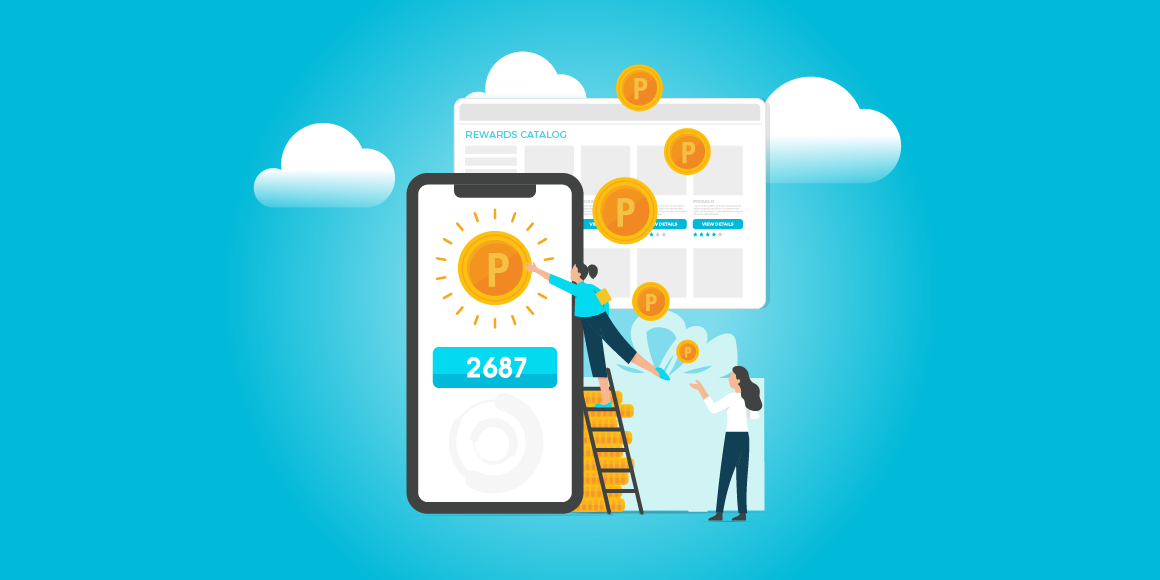Are you an automotive manufacturer looking to maximize revenue by incentivizing dealers and salespeople through SPIFF programs? If so, understanding the dos and don’ts of SPIFF program success is a surefire way to help dealers move more tin while supporting long-term sales goals. From the basics of incentive timing to best practices that drive desired performance goals, here are the top considerations for building an effective automotive SPIFF program that attracts and motivates your dealers.
Don’t create SPIFFs that only incentivize top performers
Thanks to changes in the U.S Fair Labor Standards Act (FLSA) in 2020, SPIFFs are now considered taxable wages, which is good news for manufacturers because it means dealers are more likely to adopt your SPIFF programs. But the downside is that SPIFFs now fall into the same motivational trap as commissions.
The drawback of performance pay is that top performers often reap the most rewards, which means underperformers eventually stop trying to hit sales goals if they feel they can’t reach star status. This also puts the burden of success on a select few sellers while leaving the rest of the team to fight for scraps. But a well-designed SPIFF program can offset this by rewarding different types of behaviors with various incentives, letting every rep contribute to success.
That’s why creating achievable, realistic incentives that fall within reach of the entire sales team, combined with additional rewards for the top sellers, is so essential for an effective SPIFF program. A rich diversity of behavior-based and cash-based incentives allows dealers to help their underperformers rise to the top while launching their best performers into the stratosphere.
Do motivate behaviors that get reps out of autopilot
Because performance pay can lead to extreme competitiveness, sales reps will sometimes take the path of least resistance if it helps them sell faster, even if it means a less effective sale overall. For example, they might sell a car because the customer loved the test drive but fail to mention ancillary products if they’re worried an upsell will cost them the sale. Or they might skip the add-ons because they don’t fully understand how the products enhance utility for the customer.
As the manufacturer, you want the sales team to know how to sell ancillary product so they can increase value for the consumer and bolster your brand reputation. If the dealer is only using your SPIFFs to incentivize a “fastest to the finish line” approach, it’s not going to move more product. That’s why taking the time to design SPIFF programs that motivate other types of sales behaviors – like turning a simple service repair into an upgrade opportunity or awarding $50 to the rep who can sell a specific add-on product – can go a long way to getting reps out of autopilot to sell more efficiently.
Don’t ignore employee recognition as a reward
Obviously, cash is an excellent motivator, as over 99% of front-line salespeople say they prefer cash over other rewards. But as mentioned, cash also breeds competition, and a hyper-competitive workplace can increase tension and lead to demotivate sellers, which increases turnover. That’s why relying only on cash SPIFFs is a recipe for employee disengagement.
Successful automotive SPIFF programs use non-cash incentives, like employee recognition programs, to help sales teams feel respected, valued, and supported while increasing productivity and job satisfaction. In fact, SPIFFs that are also tied to non-sales behavior, such as rewards for reps who participate in product education training or perks for those who receive top scores on customer surveys, can bolster overall sales while also fostering a healthy team culture.
Do offer claim visibility in your SPIFF programs
Of course, even if you’ve gone through the effort to create incentives that motivate sellers and foster a positive team environment, delays in the payment process, errors or fraud in claim submissions, or other technology roadblocks can quickly send your SPIFFs right into the ditch. And it’s much harder to motivate a seller after they’ve had a bad experience with your program. If salespeople are unsure about the status of their claims, can’t correct issues before it impacts payment timelines, or are simply waiting far too long to get a payout, even the best designed programs won’t move the needle.
Claim visibility and fast payouts are essential to managing a strong SPIFF program, especially now that incentives have a larger impact on take home pay for many reps. Waiting on a claim is more than uncomfortable for them; it’s their livelihood on the line. If you want an effective program, make sure they understand and can easily walk through the process from top to bottom, and ensure payments can be made seamlessly and accurately.
Don’t forget about unexpected costs for mistakes and fraud
Costs are always a sticking point when managing SPIFF programs, especially when unexpected money drains become major leaks in your revenue bucket. From our experience, we find incidents of SPIFF fraud can often be 4-5 times higher than an auto manufacturer expects. This can be due to simple mistakes in the claim process (again, why visibility is important) but also because of genuine misdeed. Another factor is legality for unprocessed claims – unpaid SPIFFs are considered unpaid wages, so salespeople can take legal action if they’re not paid out.
Factoring the costs of fraud, audits, and payment delays on large incentive campaigns, and SPIFFs may feel more costly than they’re worth. But that doesn’t have to be the case! The best solution is to build in these additional costs to your program budget from the start. This lets you plan for and adapt to unexpected expenses, so they don’t impact your overall ROI.
Do use automation to support dealer program management
When the burden of process and claims management falls on the dealer alone – many of whom still use manual processes and payroll hours to manage programs – it can lead to confusion and delays for the salespeople, too. And when salespeople are unhappy about dealer program management, they won’t fully participate in your programs. This is where SPIFF program automation is a game changer.
Automation lets you do more, like offer digital payments like direct deposit and reloadable cards, leverage data to adjust to rapid market or supply chain issues, gain insight into seller behavior and program engagement, sync inventory availability with demand, and reduce fraud with better claim visibility.
With automation, you make it easier for dealers to manage their SPIFFs, increase program engagement, and, ultimately, boost everyone’s paycheck – including yours.
See how this automotive manufacturer implemented a high-impact partner portal to increase dealer program ROI.




